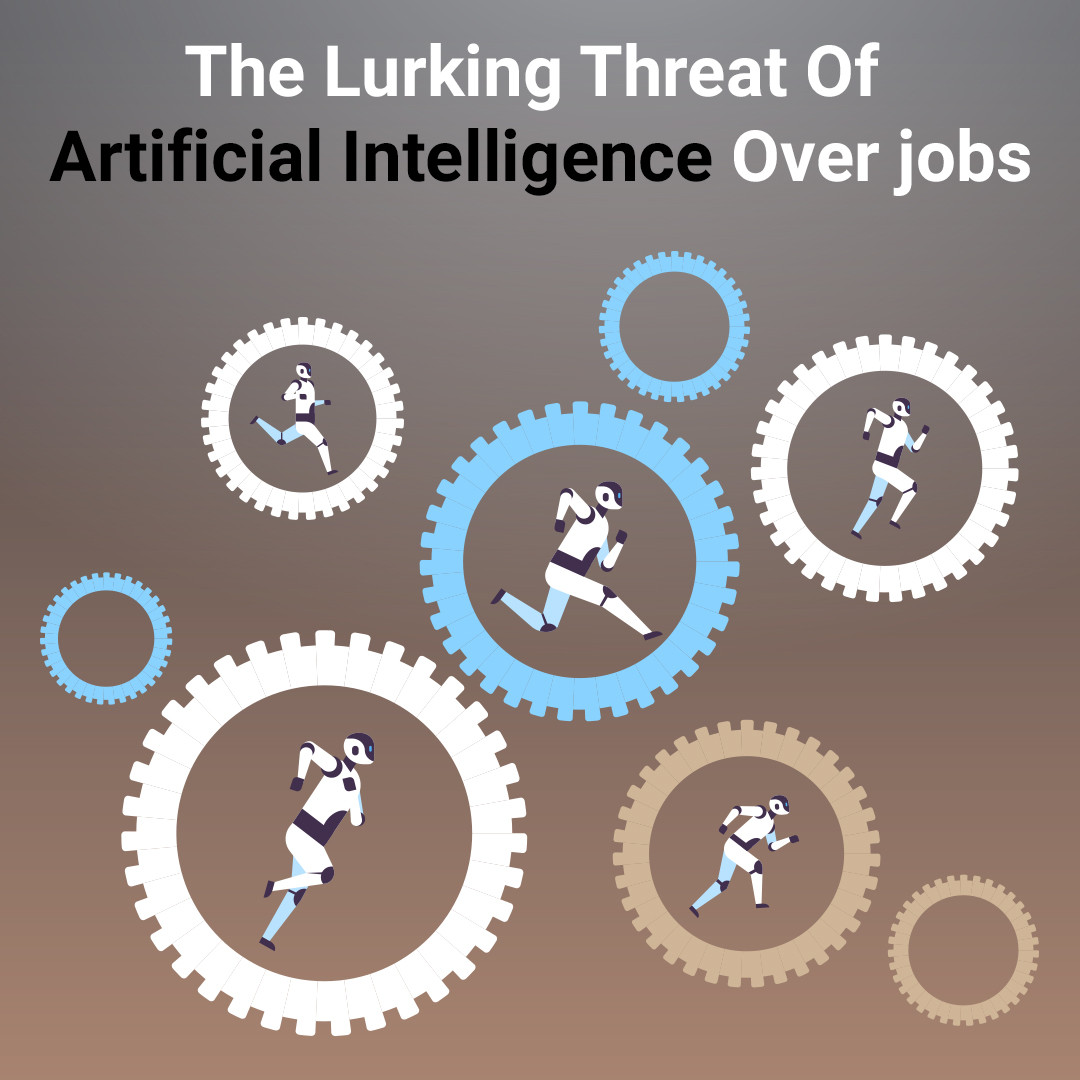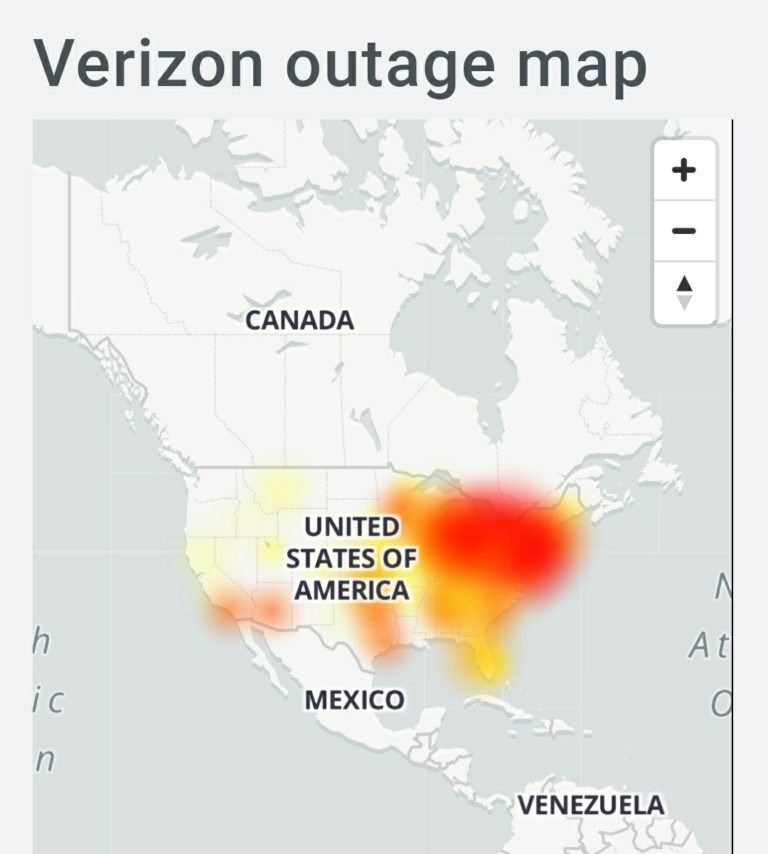The Rise of Shadow AI: A Silent Threat in the Workplace
The workplace is undergoing a profound transformation with the rapid integration of artificial intelligence (AI). While this technology holds immense potential for enhancing productivity and innovation, it also presents a new breed of challenges, particularly the emergence of "shadow AI." This phenomenon involves employees bypassing company-sanctioned AI tools and utilizing their own AI applications for various work-related tasks.
Why Employees Embrace Shadow AI
The allure of shadow AI lies in its perceived efficiency and ease of use. Employees often find readily available AI tools, such as ChatGPT, more intuitive and effective than the complex, enterprise-grade AI solutions provided by their organizations. This trend is driven by factors such as:
- Accessibility and Convenience: Open-source AI tools like ChatGPT are readily accessible and require minimal technical expertise. Employees can simply sign up and start using them without any approval process.
- Faster Task Completion: Generative AI tools can quickly perform tasks like summarizing documents, generating content, and writing code. Employees perceive these tools as time-saving and efficiency-enhancing, leading them to prioritize their use.
- Lack of Company-Approved Alternatives: In some cases, companies might not have implemented robust AI solutions that cater to specific employee needs. This absence of suitable alternatives can push employees towards utilizing readily available shadow AI tools.
The Risks of Shadow AI
While shadow AI might seem like a harmless act of individual efficiency, it poses significant risks to organizations, particularly concerning data security and compliance. Key concerns include:
- Data Leakage: Employees may inadvertently or intentionally input sensitive corporate data into external AI tools, potentially exposing it to third parties or jeopardizing data privacy regulations.
- Lack of Control and Governance: Companies have limited visibility into the use of shadow AI, hindering their ability to control access, monitor usage, and ensure compliance with internal policies and regulations.
- Bias and Hallucination: Generative AI models are trained on vast datasets, which may contain biases or inaccuracies. Using these tools for decision-making or sensitive tasks can lead to unintended consequences.
- Security Breaches: Shadow AI tools may lack the robust security features and safeguards found in enterprise-grade AI solutions, making them vulnerable to cyberattacks and data breaches.
How Organizations Are Responding to Shadow AI
Recognizing the potential risks, companies are actively seeking solutions to manage the shadow AI phenomenon. Some common strategies include:
- Education and Awareness: Companies are educating employees about the risks associated with shadow AI, emphasizing data security best practices and promoting the use of company-approved AI tools.
- Policy Enforcement: Organizations are implementing strict policies regarding the use of AI tools, specifying which tools are approved for work and outlining data handling protocols.
- AI Auditing: Companies are conducting regular audits to identify shadow AI usage, assess risks, and ensure compliance with policies. These audits involve analyzing employee activity, identifying external AI tool usage, and assessing potential data leakage.
- Deployment of Dedicated AI Infrastructure: Companies are investing in dedicated AI infrastructure and enterprise-grade AI solutions that provide secure and controlled environments for employees to leverage AI effectively.
- Data Office and Governance: Organizations are establishing data offices to oversee AI usage, set clear guidelines, and ensure that sensitive data is handled responsibly.
Balancing AI Adoption with Security
The key to navigating the shadow AI challenge lies in finding a balance between enabling employees to leverage AI effectively and ensuring data security and compliance. Companies need to adopt a holistic approach that involves:
- Promoting a Culture of Security Awareness: Fostering a culture where employees understand the importance of data security and are empowered to make responsible choices regarding AI tool usage.
- Investing in User-Friendly AI Solutions: Providing employees with access to robust, company-approved AI solutions that are intuitive, efficient, and address their specific work needs.
- Implementing Robust Data Governance: Establishing a framework for data governance that defines access controls, data usage policies, and mechanisms for monitoring AI activity.
- Ongoing Training and Education: Continuously educating employees about emerging AI technologies, best practices for secure AI usage, and the latest security threats.
The Future of AI in the Workplace
Shadow AI is a reality that organizations must address to mitigate risks and embrace the transformative potential of AI. By implementing appropriate policies, fostering a culture of security awareness, and providing employees with the right tools and guidance, companies can unlock the full value of AI while safeguarding their data and ensuring a secure and productive work environment.
A New Era of AI Collaboration
The rapid evolution of AI necessitates a collaborative approach between organizations, employees, and AI vendors. By working together, we can create a future where AI empowers employees to achieve remarkable results while upholding the highest standards of data security and ethical AI practices.



















